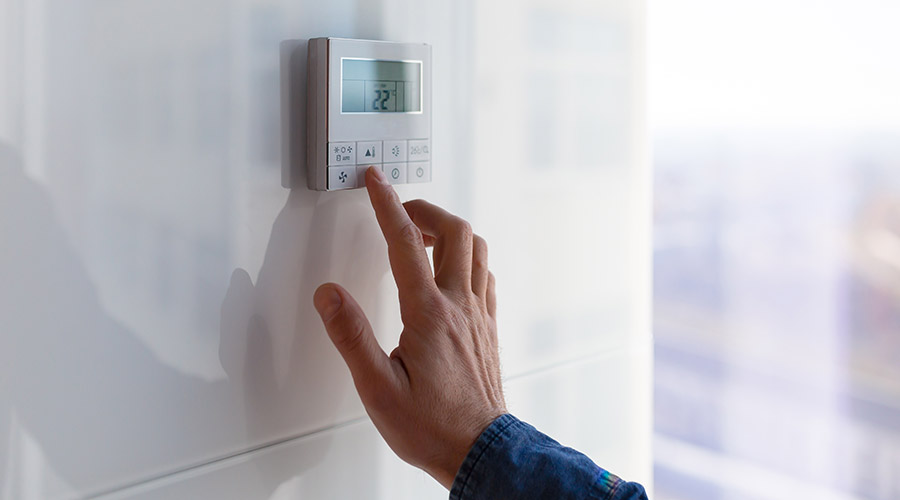The Impact of Temperature on Occupant Functioning

HVAC systems directly control the temperature levels within the built environment of a healthcare facility. Furthermore, they influence how both patients and staff function in a healthcare facility, as poor indoor climates can make patients uncomfortable and staff less productive. In this manufacturer roundtable, Healthcare Facilities Today speaks with HVAC manufacturers about how temperature regulation impacts these occupants.
How important is temperature when it comes to patient comfort and staff productivity?
“Proper temperature control is paramount to patient health by providing comfort of environment and relaxation. Staff productivity is enhanced by not having the burden of addressing self and patient comfort.”
— Dennis Stinson, vice president of sales, Fujitsu General America, Inc.
“Viewing the HVAC system holistically is essential for creating an indoor climate management strategy. Understanding how humidity interacts with temperature and ventilation is fundamental to optimizing indoor air quality and overall occupant well-being. Humidified spaces feel warmer and are more comfortable for employees, which in turn increases their productivity with improved concentration and less fatigue.
There are real costs associated with health-related issues caused by dry air, including a higher occurrence of infections and increased rates of staff absenteeism. Dry indoor air can cause discomfort in the form of dry skin, eyes, and throat for staff and visitors. Maintaining a comfortable work environment, including the correct humidity levels, helps prevent respiratory issues and reduces the spread of illnesses, ensuring a healthy working environment and boosting productivity and efficiency.”
— Jennifer Montville, director of marketing, DriSteem
“Thermal comfort is incredibly important, especially for patients. One of the most important factors in a quick and successful recovery from a hospital stay is patient comfort. It has been shown that patients who feel comfortable and supported during their hospital stays tend to experience faster recovery times. Thermal comfort plays a significant role in patients achieving adequate rest, reduces stress, and results in a positive psychological state that can promote healing and help patients regain their health more quickly.
Enhanced patient comfort can lead to more efficient healthcare delivery and reduced utilization of resources. Thermal comfort is also very important for healthcare staff as well. It’s well-documented that positive thermal comfort leads to increased productivity. For most organizations, this is primarily important to minimize operational costs due to inefficiencies related to staff being uncomfortable in their workplace. In healthcare, it is even more critical and plays a role in patient outcomes. If staff are uncomfortable in the workplace, the distraction could reduce the level of care provided to patients.
HVAC systems play a direct role in thermal comfort by controlling the amount of cooling and heating being provided to the space. In healthcare facilities, the high, prescriptive airflow requirements can present challenges associated with overcooling. Appropriate levels of re-heat must be provided to help meet temperature set points. It is also important to consider and maintain the humidity in the space as well. While not always thought of with thermal comfort, the humidity level in the space has as much if not more of an impact on thermal comfort than space temperature. The goal is to provide consistent humidity levels as we are more sensitive to fluctuations in humidity than we are to changes in temperature within a space. The ideal humidity level for both thermal comfort and infection control is 40 to 60 percent RH.”
— Matthew McLaurin, segment manager, Greenheck
Jeff Wardon, Jr. is the assistant editor for the facilities market.
The post "The Impact of Temperature on Occupant Functioning" appeared first on Healthcare Facilities Today

